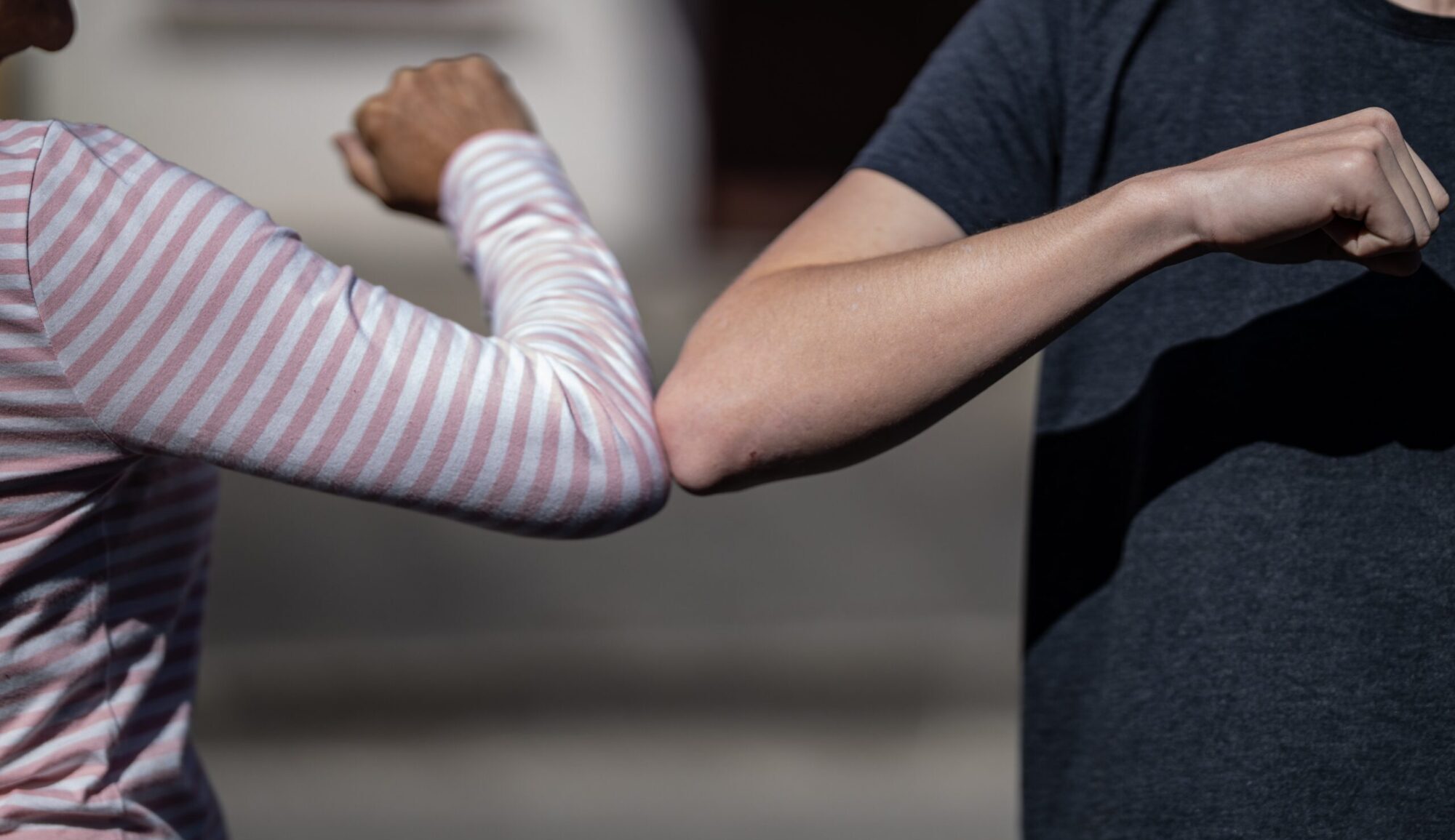Yesterday, Ontario Premier Doug Ford and Education Minster Stephen Lecce announced their plan for reopening schools in September. It was not the worst-case scenario but it fell short of addressing key concerns outlined by education workers and parent groups, as well as important recommendations by The Hospital for Sick Children (SickKids).
Elementary schools will open five days a week with class sizes status quo, despite SickKids’ recommendation to prioritize smaller class sizes. Most secondary schools will reopen under an adapted delivery model, with groups of alternating in-person and online learning, in groups of 15. Designated high schools will reopen full-time and students with a high level of special education needs will return full-time, no matter their school.
The SickKids report – which was endorsed by Children’s Health Care Canada, Children First Canada and the Pediatric Chairs of Canada, among others – also discusses the social and economic burden of COVID-19, which “disproportionately impacts racialized communities and those with less wealth.” Distance learning is identified as posing a further disadvantage to children and youth in areas where COVID-19 is concentrated. This announcement did not address how the needs of these students will be met when they are forced to learn online, often isolated from caring adults who provide the motivating variables to log in and engage in assigned activities.
Compared to other jurisdictions, the province struck a good balance with masks. For all teaching staff, and students in Grades 4-12, masks are mandatory and provided by the provincial government. Masks will be optional for students in JK-Grade 3. Despite recommending a one-metre distance between desks in classrooms, there is no guarantee that it will be possible to maintain distance in all settings.
An additional $309 million in funding was announced to hire additional educational assistants, mental health experts and custodians. The funding is also expected to cover health and safety training, costs for personal protective equipment, cleaning supplies and the hiring of up to 500 public health nurses. The investment falls significantly short of what many were calling for, which includes addressing the backlog for building repairs, estimated at a near $16 billion. Many schools will confront problems with heating, ventilation and air conditioning that will exacerbate the transmission of COVID-19.
As we collectively determine our risk tolerance to an infectious disease we know little about, Ontario’s announcement may leave many anxious about what we are leaving to chance. These anxieties are heightened in the City of Toronto and Peel, which are set to enter Stage 3 reopening. Controlling community transmission will be the key to success.
Now it is left to the leadership of school boards to ensure students, caregivers and education workers feel safe to return to school in September.
With one month remaining, this will be no small task.
Beyhan Farhadi is a Postdoctoral Visitor in the Faculty of Education at York University. She researches educational policy and online learning in secondary schools.


